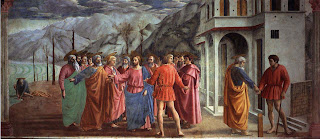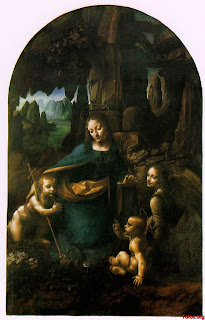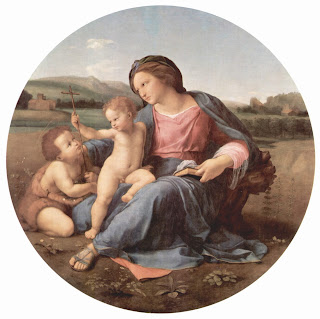Julie Rigg wrote this great review of the film.
"Werner Herzog once promised to eat his shoe if Erroll Morris managed to complete a documentary he had been working on on pet cemeteries. He said he did it to motivate Morris, and Morris duly went on to make the film Gates of Heaven. So in 1978 Herzog duly cooked and ate his shoe, an act which was filmed by Les Blank and became a documentary called Werner Herzog Eats his Shoe.
You don't have to be crazy to be a great documentary maker, but it helps.
Cave of Forgotten Dreams is one of Herzog's most memorable films. Its subject, the 32,000-year-old drawings on the wall of the Chauvet Cave in southern France, is so astonishing that even Herzog's amiable sidetracks can't destroy the wonder.
The drawings made by paleolithic artists over a series of times are quite beautiful, and astonishingly modern: free in form, and graceful. They are primarily drawings of animals: cattle, deer, bison, lions, horses, woolly mammoths, hyenas, and cave bears -- though there is one very striking representation of a woman, as fertility symbol.
The cave is not accessible to the public. Even scientists are allowed access only for a few hours at a time. This is both to protect the site itself (learning from the degradation of the Lascaux cave once open to tourists) and also for safety reasons, since parts of the cave are unstable and outgassing.
But wily Herzog managed to talk his way in, gaining acess for himself and a small crew. It was apparently his regular cameraman Peter Zeitlinger who persuaded Herzog to use 3D cinematography.
The resulting experience is extraordinarily intimate. We are in a very ancient art gallery, where the wall surface for these drawings has been prepared, where the 3D camera places us in close proximity to the drawings. And where the artists have used the undulating wall surface of the caves to enhance the motion of animals at full stride.
Only hunters very familiar with these animals could have made such drawings.
It's tempting to speculate on how paloelithic men used the cave, and Herzog raises some questions. Was it a place of ritual worship perhaps?
But by far the most suggestive discovery we make in the film is when Herzog is able to take us behind a curiously phallic protuberance from the roof of the cave, on which we see the bottom half of a figure very like the so-called Venus of Willesdorf.
It's a view hidden even from the scientists: but Herzog takes us there, with a tiny camera on a stick, and the cave drawings take a sudden leap from the gorgeously lifelike to the symbolic. This is a woman being mounted by a bull, or a bison.
Suddenly the mind races forward thousands of years to ancient Knossos, the bull dancers, the legend of the Minotaur. Or Picasso's drawings of the same.
It wouldn't ba a Herzog film without some personal piece of animal fetishism. Remember the monkeys on the raft in Aguirre, Wrath of God? Those damn pink flamingos popping up everywhere in his recent drama, Bad Lieutenant: Port of New Orleans?
Well here it's albino alligators who appear in a kind of postscript. I'll leave you discover why. It's the longest bow Herzog draws in the entire, marvellous film."







































